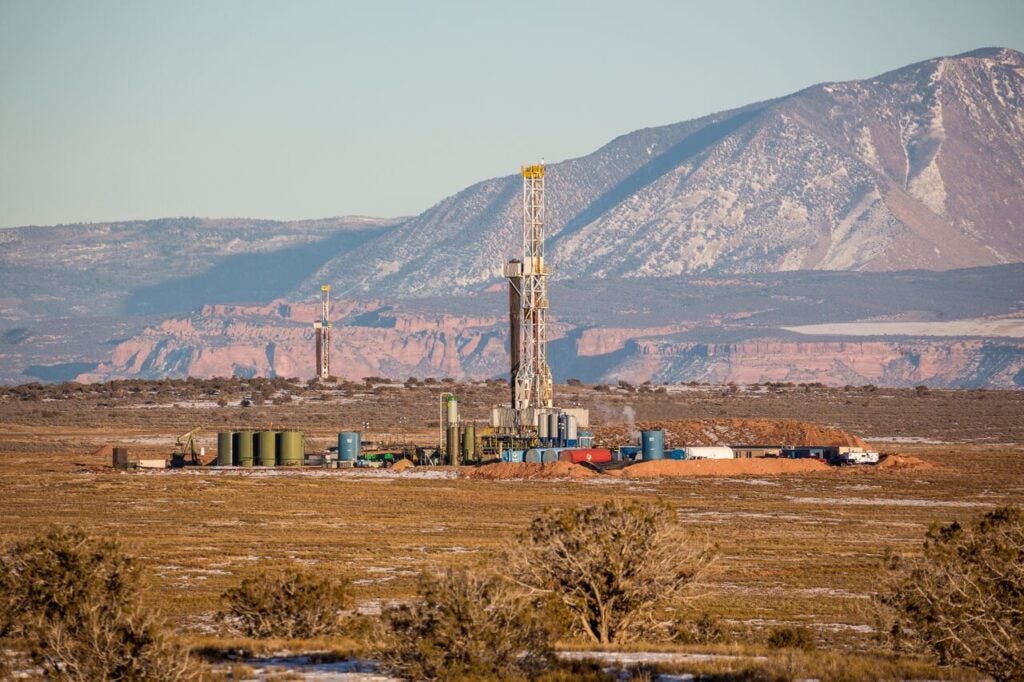EPA advances methane waste charge to help cut oil and gas pollution
Last week, EPA proposed details for how it will administer Congress’s methane waste emissions charge for excessive oil and gas pollution, passed as part of the Inflation Reduction Act’s Methane Emissions Reduction Program in 2022.
The waste charge is a fee on excessive methane pollution that applies to the largest polluting facilities in the oil and gas sector and is assessed based on pollution reported to EPA under subpart W of the Greenhouse Gas Reporting Program. Facilities that report 25,000 metric tons of carbon dioxide equivalent or more, which exceed methane intensity thresholds in the statute and choose not to reduce their emissions, will be required to pay a fee for every ton of methane they pollute starting this year. EPA estimates that the waste emissions charge will cut nearly a million metric tons of methane by 2035, resulting in $1.9 billion in climate benefits.
EPA advances methane waste charge to help cut oil and gas pollution Share on XThe waste charge is an important feature of Congress’s historic climate law — the Inflation Reduction Act. Along with funding and incentives to further the clean energy economy, the methane waste charge will drive down our nation’s climate pollution. Congress provided a detailed structure for the charge, including targeted exemptions, and funding to help support reductions. EPA’s proposal provides guidance to operators on calculating their excess emissions, paying the charge if applicable, and demonstrating whether they meet the requirements for an exemption.
Congress designed MERP to complement and reinforce EPA’s recently finalized section 111 methane standards, which require oil and gas operators to take commonsense, cost-effective measures to cut their pollution. To support compliance and in recognition of the benefits of the separate, protective EPA methane standards across the country, Congress created an exemption from the charge, available once EPA determines those standards are in effect in all states and are achieving protective emissions reductions. EPA’s proposal explains when the agency will determine whether the regulatory compliance exemption is available, and how operators can demonstrate compliance with the methane standards to receive the exemption.
The waste charge also includes an exemption for emissions from wells that were permanently shut-in and plugged in accordance with state and federal regulations. EPA’s proposal provides guidance on how operators can show that their wells are no longer emitting and demonstrate that they’ve followed applicable regulations. Finally, the waste charge exempts emissions if an operator can show the emissions were the result of an unreasonable delay in permitting for pipeline infrastructure that is necessary to offtake gas. EPA has clarified the parameters of this exemption, including that it only applies to flared gas and that operators cannot contribute to the delay.
EPA has provided additional detail on how it will carry out Congress’s other directives. For example, MERP requires EPA to allow operators to calculate their emissions for fee payment by netting emissions across their facilities. In its proposal EPA has provided calculations and methodologies for determining an operator’s net emissions and clarified what emissions are not eligible for netting, including emissions from facilities that fall below the 25,000 mt CO2e threshold or those that have been excluded because of exemptions.
In addition to the waste charge, MERP also directed EPA to update reporting of oil and gas greenhouse gas emissions and provided EPA with more than $1.5 billion in funding for monitoring and mitigating emissions. EPA has already partnered with the Department of Energy to commit $350 million to 14 states to mitigate emissions at end-of-life wells.
EDF will be commenting on EPA’s proposal and will continue to engage to ensure a strong waste charge is finalized. Taken together, the funding, reporting and waste charge elements of MERP will work together with the final methane standards to support swift and effective actions to cute methane pollution.











